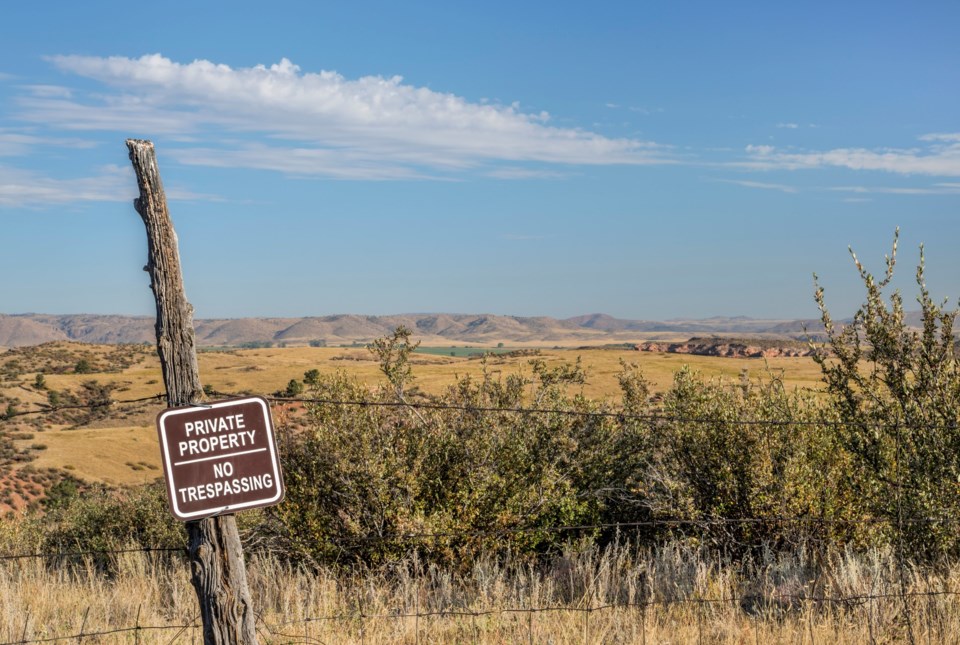REGINA — A new startup mobile app has launched in Saskatchewan, created with the intent to connect landowners and those seeking approval to step onto their private land for hunting or recreation.
SaskLander is a free-to-use, early access app highlighted on opening day of the Saskatchewan Association of Rural Municipalities annual convention, taking place from March 15-17 at the Queensbury Convention Centre in Regina.
The app was built through a tech startup partnership between SARM and Regina business Western Heritage, thanks to a successful grant received from Innovation Saskatchewan in 2019.
SaskLander’s premise asks landowners to post their land for view on the app, where members of the public can request permissions to enter onto it and landowners can confirm or deny that request.
“The app works for rural municipalities because it gives the public access to a rural map and identifies the parcels of land and the listed no trespassing locations,” said SARM president Ray Orb.
Orb described the app as “a must-have resource” for the province’s 296 rural municipalities, especially following changes to the Trespass Act earlier in the year.
People are now required to obtain explicit permission from landowners to enter private land at all times, regardless of signage posted, effective at the beginning of January.
Land access requests are typically sought after for recreational reasons, said SARM, including for activities like hunting, snowmobiling and ATVing, or even bird-watching or photography.
SaskLander uses a map, allowing users to identify which parcels of land have a strict “no trespassing” policy and which are open to requests for access, and under what circumstances.
Landowners can add their chosen parcels and set their permission preferences, including for specific activities or during specific times. Using that information, users can then message landowners about specific areas to request permissions, effectively streamlining the process digitally.
“One of the issues has always been that the general public, when seeking to access private land, wouldn’t always see a no trespassing sign. They might not know who the landowner is or how to contact them,” said Orb. “SaskLander platform has bridged that gap.”
Trespassing incidents pose a number of risks, continued Orb, to both landowners and those doing the trespassing.
In addition to concerns about public safety, the issue poses a risk to livestock — who may fall victim to hunting accidents or gates accidentally left open — as well as biosecurity. Increased and unmonitored travel increases the chance of spreading invasive species, noxious weeds and soil disease.
Developers said the idea of the app is to “reduce trespassing and make legitimate access simpler” for those pursuing recreational access.
Currently, the platform has 268 landowners registered, accounting for 730 parcels of land in Saskatchewan.
Orb said use of the app spiked during hunting season in 2021 and again this past December at the advent of snowmobile season.
SaskLander is currently free to use until the end of March, with registration for the platform available online. Developers said that all information provided by landowners when registering is private, secure and not for sale.



